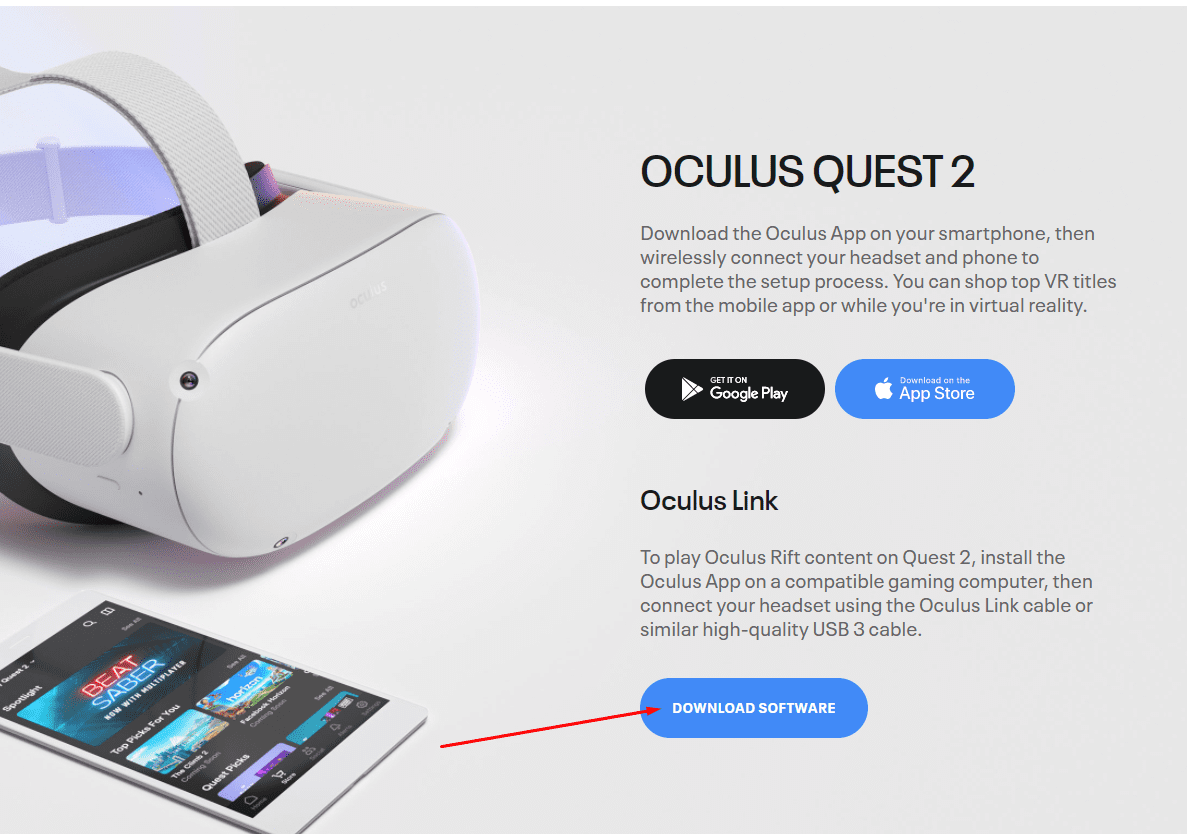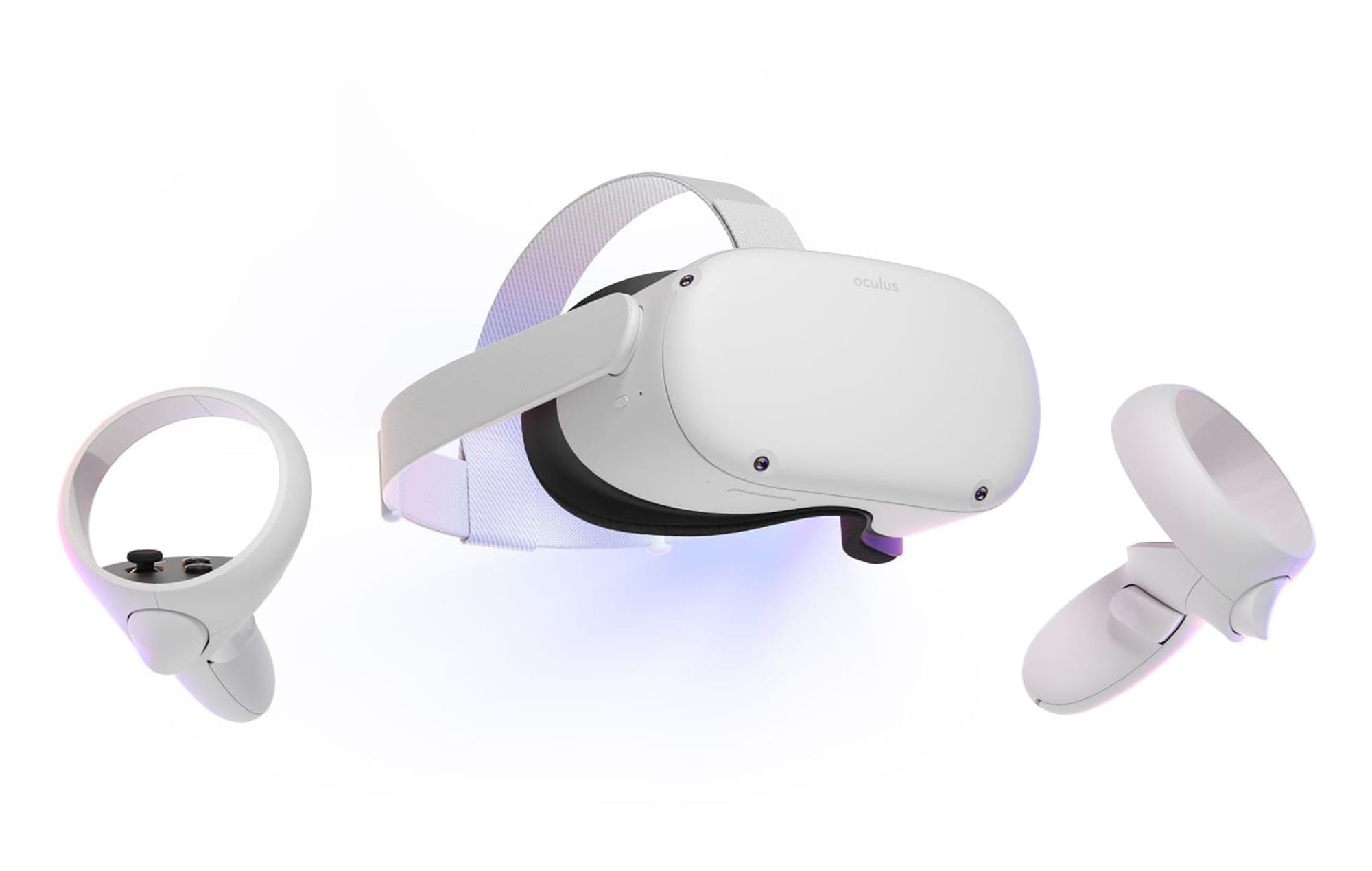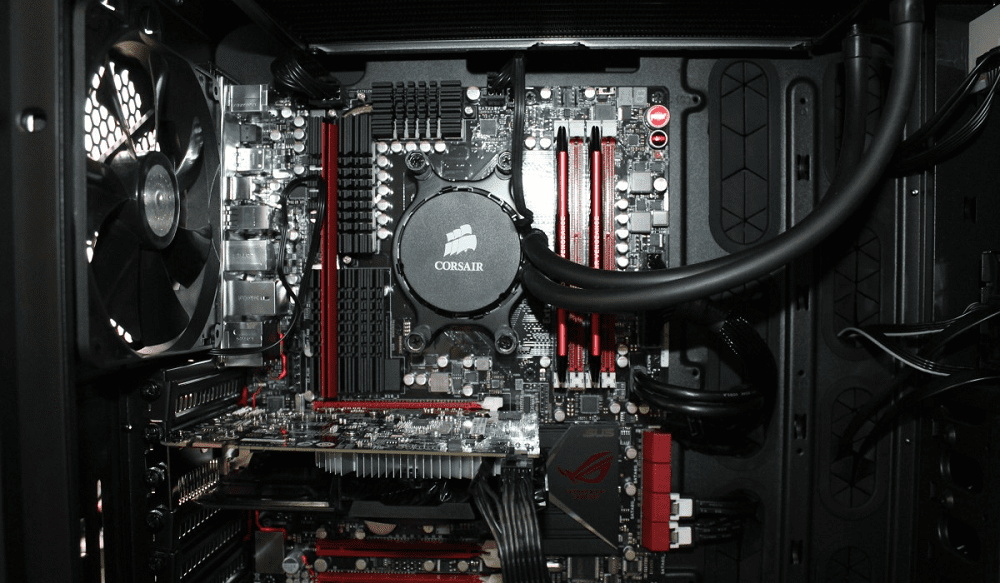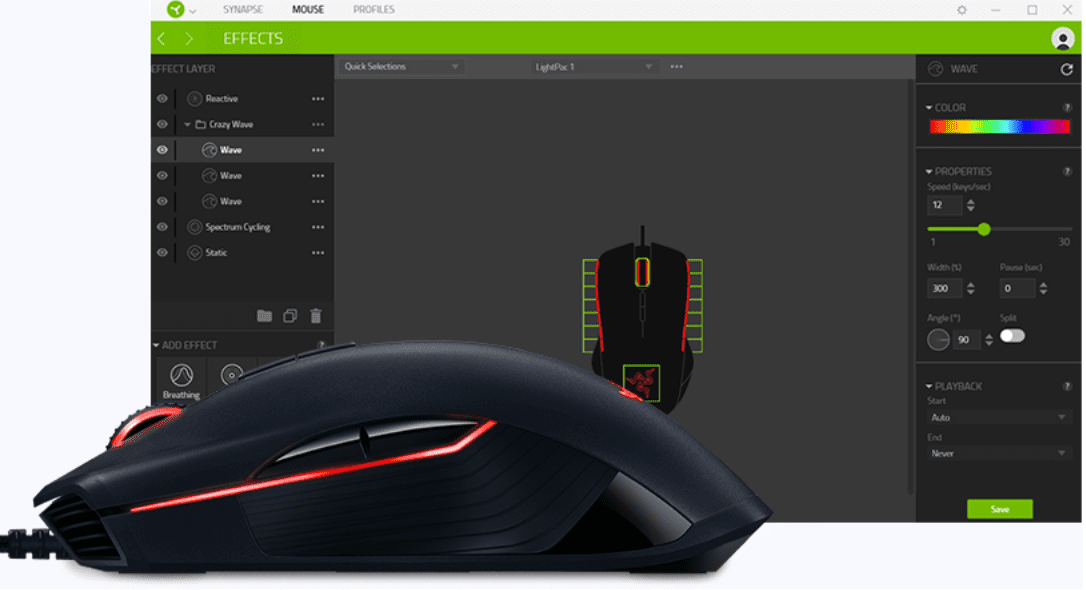While the Quest 2 is a great device all on its own, it has its limitations, primarily due to limited processing power and graphics options. To bypass this, you can connect it to a PC and take advantage of its hardware instead! There are two ways to do this – via a cable and via a wireless connection. Here’s how to use both those options!
Connect via Cable
To connect your headset to your computer, you’ll need to make use of Oculus Link. Naturally, you’ll need a cable – you can either get the official Oculus Link cable, or you can use another USB 3 cable with a USB C connector you may have.
Before you plug the headset into your computer, you’ll need to install the Oculus app on your computer. To do so, click on the ‘Download Software’ button on this site: https://www.oculus.com/setup/.

Once you’ve successfully installed the app, log into it. Make sure it’s open before you try to connect your headset to your computer to avoid compatibility issues.

With the app open and logged in, you can plug your headset in via your USB cable.
Tip: Make sure your cable is long enough to allow you to sit/move comfortably when you play. Be sure to not suddenly yank on the cable – you could damage it, your PC, or your headset!
You’ll be prompted to choose whether or not you want to activate Oculus Link. Select Activate and wait until the Link environment has loaded. You can now access your Desktop directly via the central menu bar (the little monitor icon) or launch things like Steam VR as well as other VR games you have installed on your computer.
To quit out of the Oculus Link mode, simply use the menu bar again – it’s the far-left option.

Connect via Wireless
First off, the Quest 2 heavily recommends that you use a 5Ghz connection for this. We agree – while you can do it on weaker/slower connections, the results will be a bit disappointing. You’ll end up with the lag, screen-tearing, and possibly even some motion sickness caused by all this.
That said, the easiest way to wirelessly connect to your PC is to use the Virtual Desktop app in combination with the SideQuest patch. SideQuest is a program for your PC that allows you to add non-Oculus store software to your device.

Virtual Desktop is an app you can buy in the store – by default, it gives you access to your computer desktop via a cabled connection. Since that’s not what we want here, make sure to download that app and install SideQuest on your PC.
You can find a great guide on how to do so here on SideQuest’s download page: https://sidequestvr.com/setup-howto.
Once you’ve done that, you’ll need to connect the PC and headset via cable once. Download the Virtual Desktop patch from the SideQuest store.

The patch is free, so don’t worry about paying anything extra. It’s also worth noting that Virtual Desktop and the patch were both created by the same person – a single developer. In other words, you don’t even need to worry about compatibility issues, etc.
Download and install the patch on your headset via SideQuest and wait for the process to finish. When it has, you’ll want to also download the Virtual Desktop streamer app on your PC. Your headset must be able to connect to your computer.
This is the official page where you can find it: https://www.vrdesktop.net. You can also find some additional help and advice on both wired and wireless connections here. If you have problems with the Virtual Desktop software, this is the place to go.
Launch the app on your PC after you’ve installed it (and ideally set it to launch on start-up, so you don’t have to manually start it up every time), and you’re good to go.
Tip: For quality reasons, playing PC-based VR games will probably be better via cable. Unless you have a top-of-the-line Internet connection, you’re likely to experience some issues with visually intense games.
Conclusion
After this somewhat lengthy prep work, wirelessly connecting your Quest 2 to your headset is as easy as putting it on, launching the app in question, and sitting back while the connection is established. You can then use the Virtual Desktop app to control your desktop and even play Steam games wirelessly! Share your thoughts in the comments.



I am trying to find the link to download the app for oculus 2